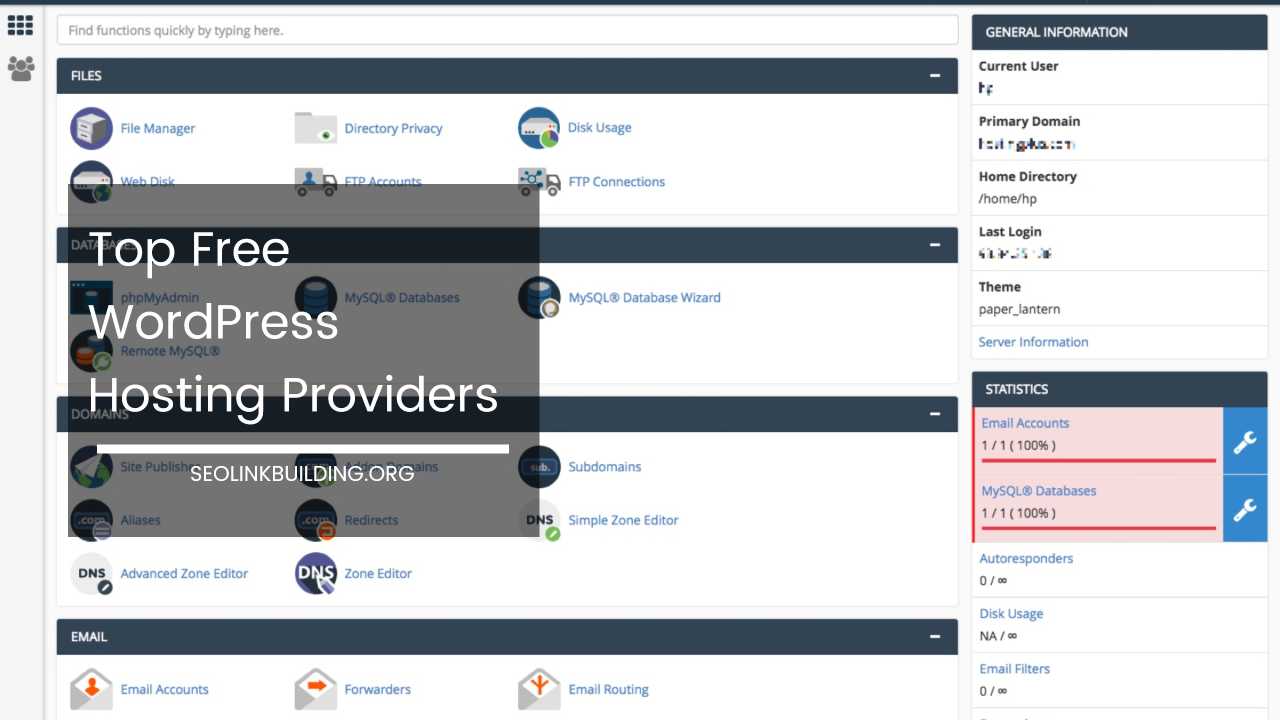Website Design & SEO: The Winning Formula

Website Design & SEO
Website Design and SEO: The Perfect Marriage for Online Success
In today’s digital age, where attention spans are shorter than ever, your website is the battleground for capturing the interest of potential customers. It’s your 24/7 salesperson, your interactive brochure, and a cornerstone of your overall marketing strategy.
But a website with stunning visuals but buried deep in search results is like a hidden gem – beautiful but unseen. This is where SEO (Search Engine Optimization) steps in, acting as the lighthouse that guides users to your digital doorstep.
Website design and SEO are two sides of the same coin, working in perfect harmony to achieve online success. Design focuses on creating a user-friendly and visually appealing experience, while SEO ensures search engines understand your website and rank it higher in relevant searches.
When these elements work together seamlessly, you craft a website that not only captivates visitors but also attracts organic traffic, transforming them into leads and loyal customers.
Why Website Design Matters for SEO: A Deeper Dive
You might be thinking, “Isn’t SEO all about content? Shouldn’t search engines just focus on the information itself?” While content is undeniably crucial, search engines consider a variety of website design factors that contribute to user experience. Here’s a breakdown of how website design impacts SEO:
- Mobile-First Indexing: Google prioritizes websites that offer a seamless experience on smartphones and tablets. In fact, Google has adopted mobile-first indexing, meaning the mobile version of your website is used to determine search ranking. A responsive website design that adapts automatically to different screen sizes is no longer a suggestion – it’s a necessity for SEO success.
- The Need for Speed: Imagine waiting minutes for a webpage to load. Frustrating, right? Search engines penalize websites with sluggish loading times because they provide a poor user experience. A well-designed website with optimized images, code, and caching mechanisms will load faster, keeping users engaged and improving your SEO ranking.
- Information Architecture: The Roadmap of Your Website: Search engines need to understand the structure of your website to effectively crawl and index your content. A clear and logical information architecture with a user-friendly navigation system acts as a roadmap, making it easier for both search engines and visitors to find the information they need. Think of it as organizing your physical store – clear categories and signage make it easier for customers to find what they’re looking for, and search engines appreciate the same organization for your website’s content.
- Internal Linking: Building Connections within Your Website: Imagine linking relevant articles in a newspaper. Internal linking on your website works similarly. By linking your website’s pages together, you establish a hierarchy and help search engines understand the relationships between different content pieces. A well-structured internal linking strategy not only improves website navigation but also strengthens your SEO performance by distributing link authority (importance) throughout your website.
Optimizing Website Design for SEO: Actionable Strategies
Now that you understand the critical role website design plays in SEO, let’s delve into actionable tips to optimize your website:
- Prioritize User Experience (UX): The Golden Rule: This should be the foundation of your website design. Focus on creating a website that is easy to navigate, visually appealing, and provides a positive user experience. When users can find the information they’re looking for quickly and effortlessly, they’re more likely to stay on your website and engage with your content. This positive user engagement is a strong SEO signal to search engines, indicating a valuable and informative website.
- Embrace Mobile Responsiveness: As mentioned earlier, a mobile-responsive website design is no longer optional. Utilize responsive design principles to ensure your website looks great and functions flawlessly on all devices, from desktops to tablets to smartphones. Google offers a free Mobile-Friendly Test tool (https://developers.google.com/search/blog/2016/05/a-new-mobile-friendly-testing-tool) to help you assess your website’s mobile-friendliness.
- Become a Speed Demon: There are many website design elements that can impact page speed, such as image size, code structure, and server response time. Thankfully, tools like Google PageSpeed Insights (https://pagespeed.web.dev/) exist to help you identify areas for improvement. Leverage these tools and implement techniques like image compression, code minification, and caching to optimize your website’s speed and keep search engines and users happy.
- Structure Your Content with Clarity: Imagine a dense paragraph with no breaks or headings. Not user-friendly, right? Use clear headers, subheadings, and bullet points to break down your content and make it easy to read. This improves user experience and also helps search engines understand the key topics and themes covered on each page. Think of it as using signage in a store – clear labels help customers navigate, and clear headings help search engines understand the content on your website.
- Utilize Internal Linking Strategically: Don’t just haphazardly link pages on your website. Strategically link your website’s pages together to create a strong internal linking structure. This helps search engines discover your content and understand the relationships between different pages on your website. However, avoid keyword stuffing and ensure the links provide value to users. Imagine you’re recommending products in a store – you wouldn’t recommend a completely unrelated item, and internal links shouldn’t either. They should connect relevant content to enhance the user experience and guide them deeper into your website.
- Embrace Visual Appeal: People are visual creatures. High-quality images, infographics, and videos can significantly enhance user engagement and make your content more visually appealing. However, remember to optimize image sizes to avoid slowing down your website’s loading speed.
The Power of Content: Fueling Your SEO Strategy
Remember, website design and SEO are just two parts of a successful online presence. High-quality content that resonates with your target audience remains the heart of a strong SEO strategy. Here’s how content integrates with website design and SEO:
- Keyword Research: Uncover What Your Audience Searches For Before crafting content, conduct thorough keyword research. Identify relevant keywords that your target audience is actively searching for when looking for information or products related to your business. Once you have a list of relevant keywords, integrate these keywords naturally throughout your website’s content, including page titles, meta descriptions, header tags, and body copy. However, prioritize user experience over keyword stuffing. Don’t force keywords into your content in a way that sounds unnatural or disrupts the flow of your writing.
- Content Freshness: Keeping Your Website Updated Search engines favor websites that publish fresh content regularly. Create a content calendar and consistently publish new blog posts, articles, or other engaging content pieces that provide valuable information to your audience. This could include blog posts on industry trends, informative guides, product descriptions, or even case studies showcasing your success stories.
- Content Optimization: A Balancing Act Optimize your content for both users and search engines. Use clear and concise language, break down complex topics into easily digestible chunks, and incorporate relevant images and multimedia elements to enhance user engagement. Search engines also appreciate well-structured content, so utilize headings, subheadings, and bullet points to improve readability.
Beyond the Basics: Advanced SEO Techniques for Website Design
While the strategies discussed so far form a solid foundation, there’s always room for further optimization. Here are some advanced SEO techniques for website design:
- Structured Data Markup: Providing Context to Search Engines Structured data markup is a way of adding extra information to your website’s code that helps search engines understand the content on each page. This can lead to richer search results, including things like product ratings, reviews, and event snippets. While it may require some technical knowledge, there are tools and plugins available to simplify structured data markup implementation.
- Technical SEO: The Behind-the-Scenes Optimization Technical SEO focuses on optimizing the technical aspects of your website to improve crawl-ability and indexation by search engines. This includes tasks like creating a sitemap, fixing broken links, and ensuring your website is mobile-friendly. While some technical SEO tasks might require developer assistance, there are online resources and tools to help you identify and address common technical SEO issues.
- Local SEO: Reaching Your Neighbors Online If your business has a physical location or caters to a local audience, local SEO is crucial. Optimize your website for local searches by claiming your Google My Business listing, getting listed in relevant online directories, and creating content that targets local keywords.
Building a Sustainable SEO Strategy
SEO is an ongoing process, not a one-time fix. Here are some tips to ensure your SEO strategy remains sustainable:
- Stay Informed: The SEO landscape is constantly evolving. Regularly stay updated on the latest SEO trends and best practices. There are many SEO blogs and resources available online to help you stay informed.
- Track Your Progress: It’s important to track your SEO progress to see what’s working and what needs improvement. Utilize analytics tools like Google Search Console to monitor your website’s traffic, identify your top keywords, and analyze user behavior.
- Embrace Continuous Improvement Based on your analytics data, continuously refine your website design and SEO strategy.
- A/B testing is a powerful tool for comparing different website design elements and content variations to see which ones perform better. Use A/B testing to optimize your website’s call to actions, headline formats, and even image choices to maximize user engagement and conversions.
- Focus on Building Backlinks: Backlinks are essentially links from other websites pointing back to your website. Search engines consider backlinks as a vote of confidence, and websites with a strong backlink profile tend to rank higher in search results. There are various ways to build backlinks organically, such as guest blogging on relevant websites, creating high-quality content that others want to link to, and participating in online communities. However, avoid any black-hat SEO tactics like buying backlinks, as these can penalize your website.
Taking Action: Your Next Steps
Now that you’re armed with this knowledge, it’s time to take action! Here are some initial steps to get you started:
- Evaluate Your Website: Conduct a website audit to assess your current website design and SEO performance. Identify areas for improvement and prioritize them based on their impact.
- Keyword Research: Start by researching relevant keywords that your target audience is searching for. Utilize keyword research tools like Google Keyword Planner or SEMrush to discover high-volume, low-competition keywords for your industry.
- Content Planning: Develop a content calendar based on your keyword research. Focus on creating informative and engaging content that caters to your target audience’s needs.
- Optimize Your Website: Implement the website design and SEO best practices discussed throughout this article. This might involve optimizing page titles, meta descriptions, header tags, and internal linking structure.
- Track Your Progress: Set up website analytics to monitor your website traffic, track your keyword rankings, and analyze user behavior.
Remember, building a strong online presence takes time and effort. By consistently implementing these strategies and monitoring your progress, you can create a website that thrives in search results, attracts a loyal audience, and propels your business forward.
Final Word: The Synergy of Design and SEO
By combining the power of user-friendly website design with a well-executed SEO strategy, you create a website that not only looks stunning but also attracts organic traffic, converts visitors into leads, and ultimately drives business growth.
Remember, website design and SEO are two sides of the same coin. When they work together in harmony, you create a website that thrives in the ever-evolving digital landscape.













